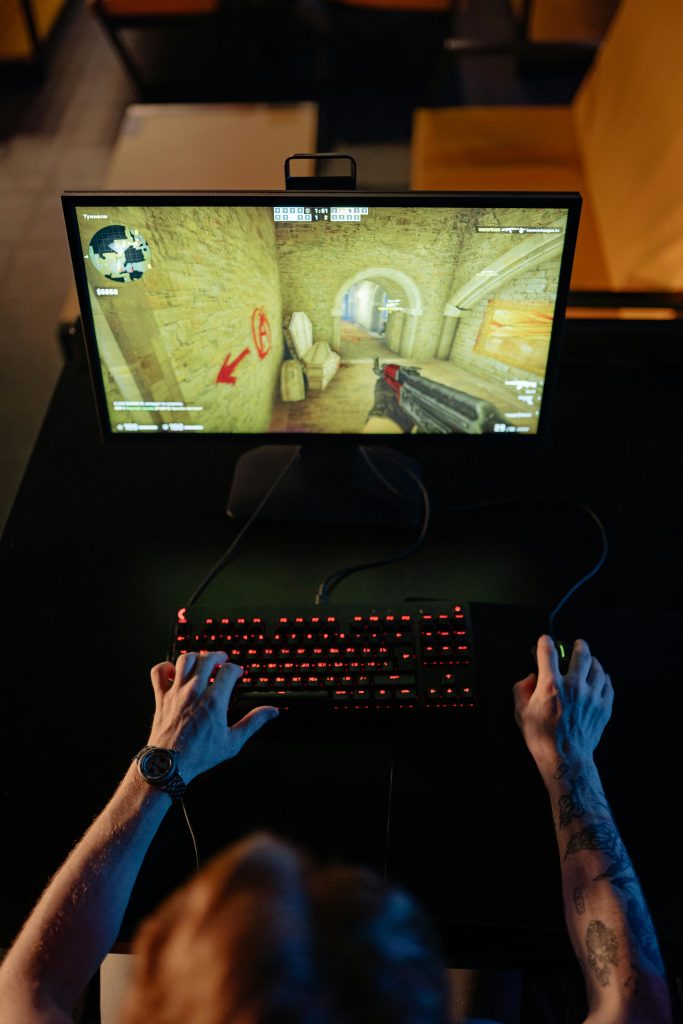Understanding and Troubleshooting Screen Flickering Issues in Your Workstation
In today’s digital work environment, a reliable display is essential for productivity. However, encountering screen flickering or display anomalies can disrupt your workflow and signal underlying hardware or software issues. If you’re experiencing intermittent flickering, static bars, or brief blackouts on your monitor—especially when your IT support team is unavailable—it’s important to systematically diagnose and resolve the problem.
Case Scenario: User Experience with a Lenovo ThinkCentre and Sceptre F24 Monitor
Consider a scenario where an employee reports recurrent display disturbances on a Lenovo ThinkCentre equipped with an AMD Ryzen 5 PRO 5650G processor and Radeon Graphics. The workstation features a Sceptre F24 monitor, and the user describes symptoms including:
-
Frequent flickering: Over 15 instances daily, primarily affecting the lower half of the screen for brief durations.
-
Static interference: Visual static bars lasting a second or less.
-
Occasional blackouts: Short periods (~3 seconds) with no display.
-
Audio glitches: Static clicks synchronized with flickers, indicating possible hardware or connection issues.
Impact and Initial Observations
The user notes that the graphics card’s drivers are current and that the connection cables and plugs appear intact. Additionally, a peer with identical hardware does not experience similar problems, suggesting the issue may be localized rather than widespread hardware failure.
Troubleshooting Steps and Considerations
-
Check Physical Connections:
Ensure all display cables are securely connected. Loose or damaged cables can cause intermittent flickering. If possible, test different cables or ports to rule out connection issues. -
Test with Alternative Hardware:
- Swap the monitor with a known-good display to determine if the issue persists.
-
Use a different cable or port.
-
Update and Verify Drivers:
Though the user reports up-to-date graphics drivers, re-download and install the latest drivers directly from the manufacturer’s website to eliminate potential driver corruption. -
Monitor Power Supply and Surge Protection:
Replace the current power strip with a new, high-quality surge protector to ensure stable power delivery, as fluctuating power can cause display anomalies. -
Check for Overheating or Hardware Stress:
Monitor system temperatures and resource usage. Overheating components can induce graphical artifacts or instability. -
Test with Integrated Graphics (if available):
If the system allows, switch to integrated graphics to see if the issue persists. This can help
Share this content:



